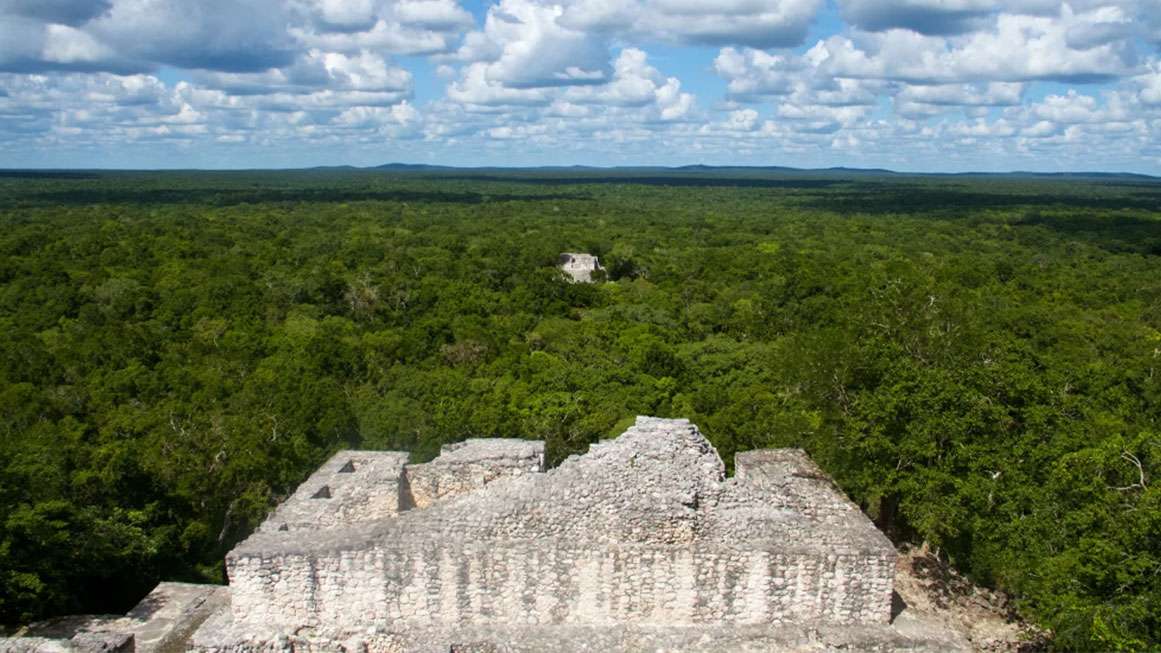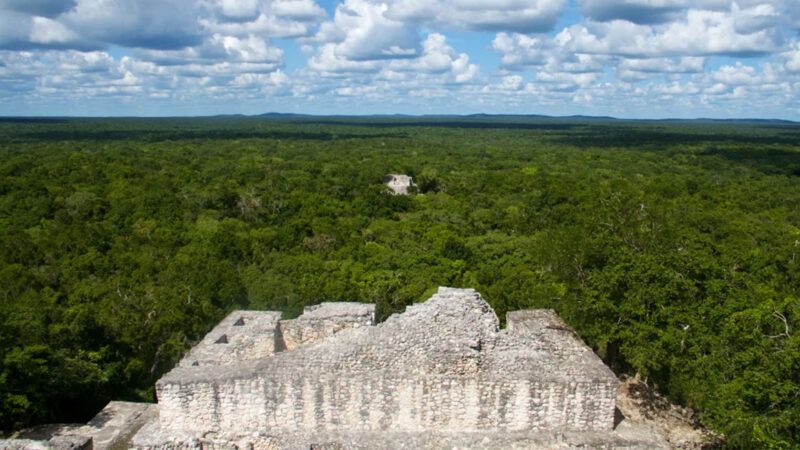## Hold Up, Is This Real Life? Ancient Megacity Found Hidden in the Mexican Jungle
Gamers, prepare for level up! Forget your sprawling fantasy cities and meticulously crafted sci-fi metropolises – we’ve just stumbled upon a real-life metropolis older than any civilization in our favorite games. No, we’re not talking about a lost Inca city or a forgotten Mayan site. This is something bigger, something mind-blowing.

Deep in the heart of the Mexican jungle, researchers have unearthed what appears to be a truly ancient megacity, one so vast and complex it defies our understanding of pre-Columbian civilizations.

This isn’t just a few scattered ruins; this is a city of monumental proportions, complete with intricate road networks, housing for thousands, and structures hinting at a level of sophistication that rivals anything we’ve ever seen.

Beyond the Lost City: Lidar’s Impact on Mayan Archeology
Challenging Traditional Narratives: Moving from Isolated Villages to a Vast, Interconnected Network of Cities

The discovery of Valeriana, a previously unknown Mayan megacity in Campeche, Mexico, has sent shockwaves through the archeological community. This sprawling urban center, hidden beneath centuries of jungle growth, challenges the long-held belief that the Maya civilization was composed primarily of small, isolated villages. By revealing a vast, interconnected network of cities, roads, and infrastructure, lidar technology is rewriting our understanding of the Maya world.
Prior to the advent of lidar, archeological exploration relied heavily on ground-based surveys and excavations, which were often limited in scope and could easily miss buried structures.
Lidar, with its ability to penetrate dense vegetation and map the landscape in meticulous detail, has unearthed a treasure trove of information, revealing a complexity and sophistication that was previously unimaginable.
The sheer scale of Valeriana, with its estimated 6,000 buildings and population exceeding 30,000 to 50,000 at its peak, is a testament to the economic and social power of the Maya civilization.

Unveiling a Sophisticated Trade Network: Long-Distance Routes Spanning Centuries, Comparable to the Silk Road
The discovery of Valeriana is not just about revealing a lost city; it’s about understanding the intricate web of trade and cultural exchange that connected the Maya world.
Lidar technology has revealed a network of elevated highways—massive causeways built centuries before modern roads—that stretched for hundreds of kilometers, connecting cities across vast distances.
“They’re the world’s first superhighway system that we have,” says Richard D. Hansen, an archeologist and now an adjunct professor of anthropology at the University of Utah.
These long-distance trade routes, according to Christa Schieber de Lavarreda, head of the Tak’alik Ab’aj National Archaeological Park in Guatemala, “can be traced by following the cities that were interacting and exchanging not only goods but also ideas.”
One such route, stretching from Tabasco in the Gulf of Mexico, wound through Tehuantepec and Chiapas, continuing along the Pacific Coast of Guatemala, and reaching as far as El Salvador.
Schieber compares these routes, which operated for centuries, to the Silk Road during the time of the Roman Empire.
Tracing the Flow of Goods and Resources: Understanding the Production and Distribution Chains Within the Maya World
Trade wasn’t just about moving goods from one city to another; it was about understanding the intricate production and distribution chains that fueled the Maya world.
“There are also ‘invisible’ traces of raw materials used in products that combine multiple components—some sourced from different locations than the place of production,” Schieber explains.
“These traces reveal an entire chaîne opératoire (production chain) involved in creating the final product.”
A compelling example comes from jade production in Guatemala. Archeological evidence from Cancuén suggests that raw jade was transported hundreds of kilometers to be processed into “pre-forms”—partially worked pieces that were then exported somewhere else for refinement.
Cancuén wasn’t just a city; it was a hub in a broader regional trade network, where valuable materials were moved and transformed before reaching their final destinations.
The Future of Mayan Exploration
The discovery of Valeriana, coupled with the groundbreaking insights provided by lidar technology, has opened up a new frontier in Mayan exploration.
This technology has the potential to uncover more hidden secrets of the Maya civilization, revealing lost cities, ancient trade routes, and forgotten stories.
Furthermore, lidar’s ability to map the landscape in unprecedented detail can also be used for practical applications in conservation and preservation efforts.
By creating detailed 3D models of ancient sites, researchers can track changes over time and develop strategies to protect these fragile treasures for future generations.
As we continue to explore the Maya world, collaboration between archeologists, scientists, and indigenous communities will be crucial in piecing together the complete Mayan story.
The insights gained from these collaborations will not only deepen our understanding of the past but also provide valuable lessons for the present.
Conclusion
So, there it is: a glimpse into a forgotten civilization buried deep within the heart of the Mexican jungle. The accidental discovery of this ancient megacity has shattered our preconceived notions about the lost Maya, revealing a level of sophistication and urban planning that rivals any ancient metropolis. It begs the question: how much more is hidden beneath the surface, waiting to be unearthed? This discovery isn’t just about unearthing the past; it’s about re-writing our understanding of it.
